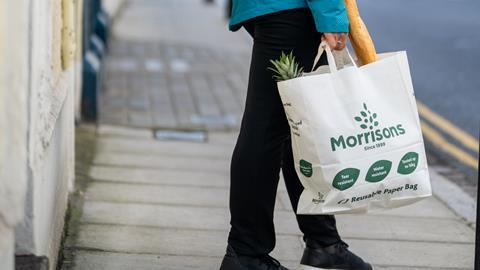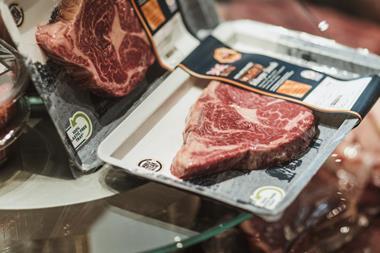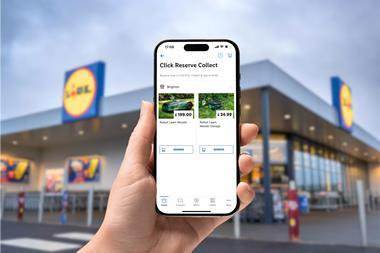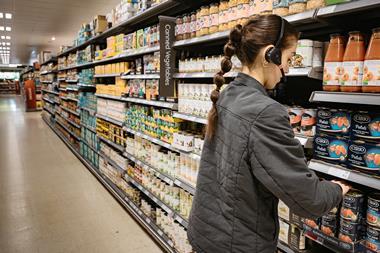Deliveroo could ignore it no longer. Grocery delivery is getting faster and faster thanks to the rise of apps like Getir, Gorillas and Jiffy, and their 10-minute delivery guarantees make Deliveroo’s 35-minute fulfillment time look positively sluggish in comparison.
So today has come the not entirely unexpected launch of Deliveroo Hop – a direct competitor to the slew of new rapid grocery delivery players that have popped up across London and beyond.
Like those incumbents, Hop picks and packs orders from a dark store – the first serving residents in Vauxhall and Battersea – with riders racing them to customers “in as little as 10 minutes”.
Deliveroo is playing catch up to provide instant grocery gratification. But its entry to the market has the potential to quickly leave existing players in the dust.
“An important measure of sustainable success in this sector is scale and Deliveroo has that compared to its smaller rivals,” says Edge by Ascential senior analyst Florence Wright. “Deliveroo is already a heavyweight in the on-demand delivery market. The use of dark stores will also enable them to compete with even quicker timeframes. It is therefore set to make waves.”
There are four key advantages Deliveroo has over its rivals. The first is in customer acquisition – one of the biggest outlays for rapid delivery startups. After a new dark store is established, profits only come if enough people in the nearby area can be convinced to use the service. Cue billboards, side-of bus banner ads and hundreds of pamphlets through doors. Deliveroo, meanwhile, can simply send an alert to active app users (of which there are 3.9 million across the UK) living in the area – without spending a penny on marketing.
And that’s before the potential of Hop being offered as perk for Amazon’s millions of UK Prime members.
Second is Deliveroo’s data. While Hop’s predecessors funnel huge resource into figuring out the best place to position dark stores based on demographics, population densities, road networks and commercial rents, Deliveroo has most of this information already to hand. And its huge tech team will make light work of crunching the numbers.
Third is Deliveroo’s existing rider network. The likes of Getir et al have had to build up a courier base from nothing – running checks, offering training and providing uniforms. Deliveroo has 50,000 couriers ready to ride Hop deliveries to doors, in the same way they would any other order. For now, those rapid rivals mostly employ riders directly, something Deliveroo has long been averse to.
As Wright sums up: “Deliveroo will arrive on the rapid delivery scene with considerable experience in last-mile optimisation and logistics, as well as a pre-existing user base.”
Fourth and finally, Hop has a ready-made wholesale relationship with Morrisons. Deliveroo has been delivering from Morrisons stores since March 2020 and more than 320 Morrisons locations offer delivery via the platform. While Hop rivals have had to start from scratch in brokering deals with wholesalers and suppliers, Hop has simply switched on the provision of 2,000 branded and own-label items supplied by Morrisons including wines, ready meals and snacks, as well as fresh meat and fish.
Deliveroo could also tap its long-standing and trusted grocery partners – among them Waitrose, Aldi, Sainsbury’s and Co-op – for future dark store set-ups.
Furthermore, the rapid delivery incumbents spend much of their time securing new investment. While they’ve done a great job at doing so, Deliveroo – especially after its Amazon investment and IPO – has the cash to expand fast.
Hop may have just begun, but it is primed to quickly leapfrog every player in the burgeoning channel.




















No comments yet